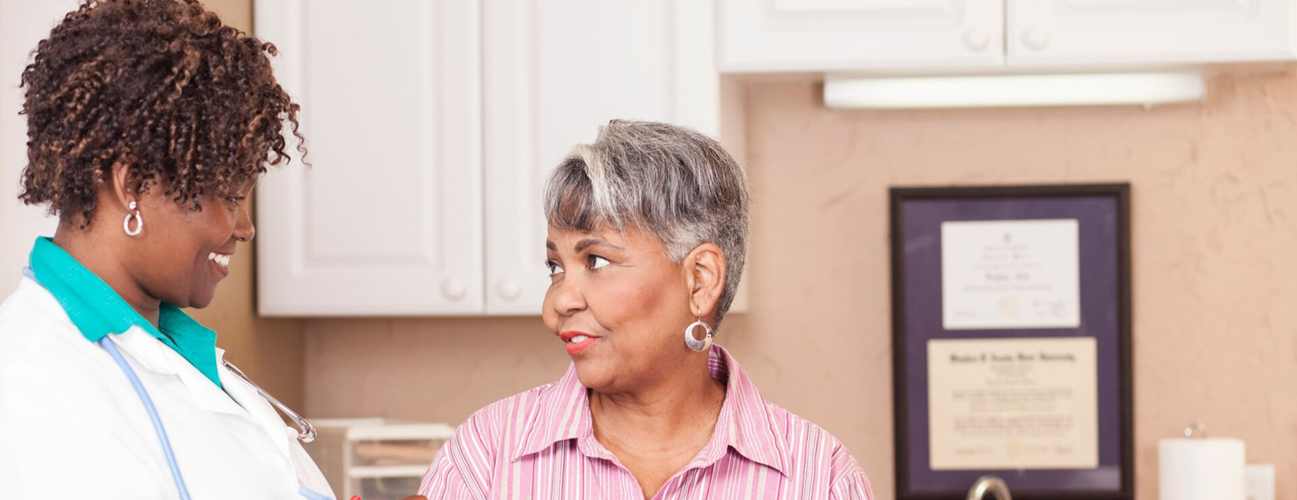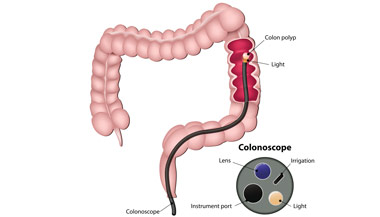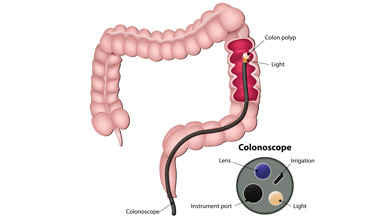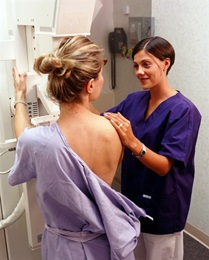Virtual Colonoscopy Screening to Combat Colon Cancer
Reviewed By:
Is a Virtual Colonoscopy Right for You? 5 Things to Know
If you’re over 50, colonoscopy procedures are on your radar. If they are not, you should schedule an appointment as soon as possible. The American Cancer Society recommends beginning screening for colon cancer at age 50, or sooner for high-risk patients. If you’ve been putting it off because you don’t want to — or can’t — undergo the traditional procedure, you might discuss a virtual colonoscopy with your health care provider.

Why do you need a virtual colonoscopy?
Colonoscopies are critical to helping prevent and screen for colon cancer. Colon cancer is the third most common cancer in men and women, affecting an estimated 134,000 people in 2016 alone. Colonoscopies look for polyps on the colon that can turn into colon cancers. A virtual colonoscopy is a special X-ray examination of the colon that looks for polyps inside your colon using low-dose CT. Colon polyps that are found by the less invasive virtual colonoscopy can be removed using conventional colonoscopy before they turn into cancer.
“Virtual colonoscopies are a safer and less invasive choice than traditional colonoscopies to screen for colon cancer. Colon cancer is unlike any other cancers, where the goal is to catch cancer early. Colon cancer can be prevented by regular screenings.” -Radiologist Karen Horton, M.D.
Ninety percent of patients of patients will not have a significant polyp that would require a follow-up colonoscopy.
Five things you should know about virtual colonoscopies:
They’re less invasive.
Virtual colonoscopy is less uncomfortable than conventional colonoscopy and does not require any pain medication or anesthesia. You could go back to work following the procedure.
They’re easier.
A virtual colonoscopy takes less time — the scan is done twice and only takes a few seconds. The whole procedure takes roughly 10 to 15 minutes.
They’re accessible for more patients.
Virtual colonoscopy may be used in people who have problems such as limited mobility and breathing difficulties, who take blood-thinning medications, and who may not be able to tolerate conventional colonoscopy.
They can see more.
Virtual colonoscopy may be able to show areas of the colon that conventional colonoscopy can’t reach. Doctors will be able to see the entire colon and other organs in the abdomen and pelvis.
They’re safer than a traditional colonoscopy.
The procedure poses less risk of puncturing the colon, bleeding or undergoing anesthesia.
Virtual Colonoscopy Q&A | Dr. Karen Horton
Virtual colonoscopy is a minimally invasive alternative to conventional colonoscopy (endoscopy) that screens the colon and rectum for polyps and early cancer before symptoms occur. Karen Horton, M.D., professor and chair of Radiology, discusses what is involved in the procedure, how to prepare and the benefits of virtual colonoscopy over conventional colonoscopy.
Would a virtual colonoscopy work for you?
Virtual colonography is recommended for average-risk patients over 50. High-risk patients who have a family history or symptoms should schedule a regular colonoscopy because there is a higher chance you will have a polyp or cancer at this time. High-risk patients’ providers may want them to begin screening even earlier. Johns Hopkins Hospital specialists have been performing virtual colonoscopies for over 15 years and are committed to providing the highest-quality medical care by combining the latest in radiological technology with specialized expertise to diagnose and treat patients.









